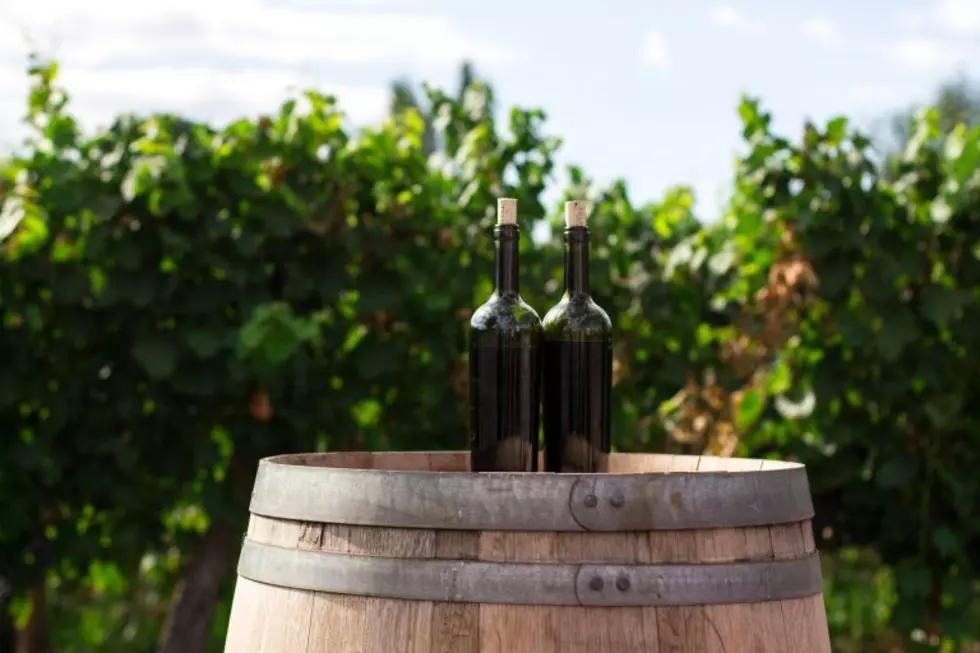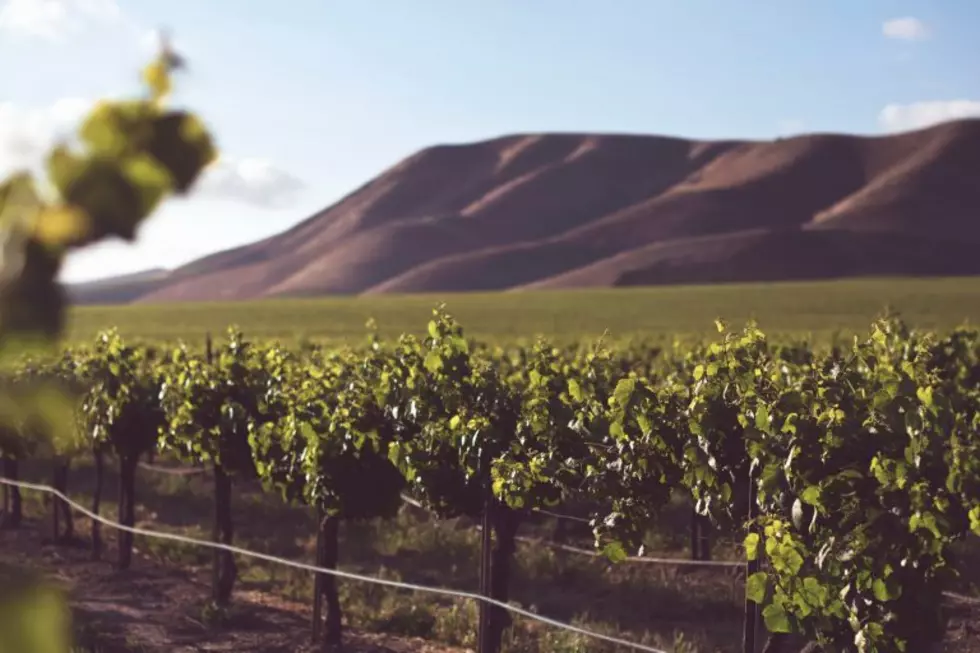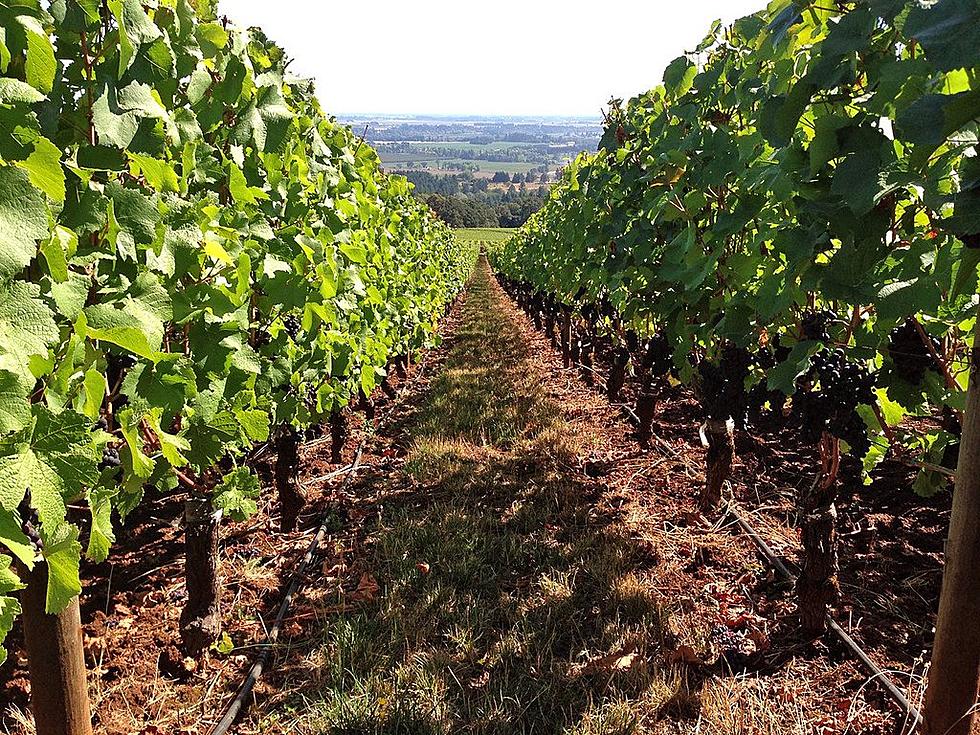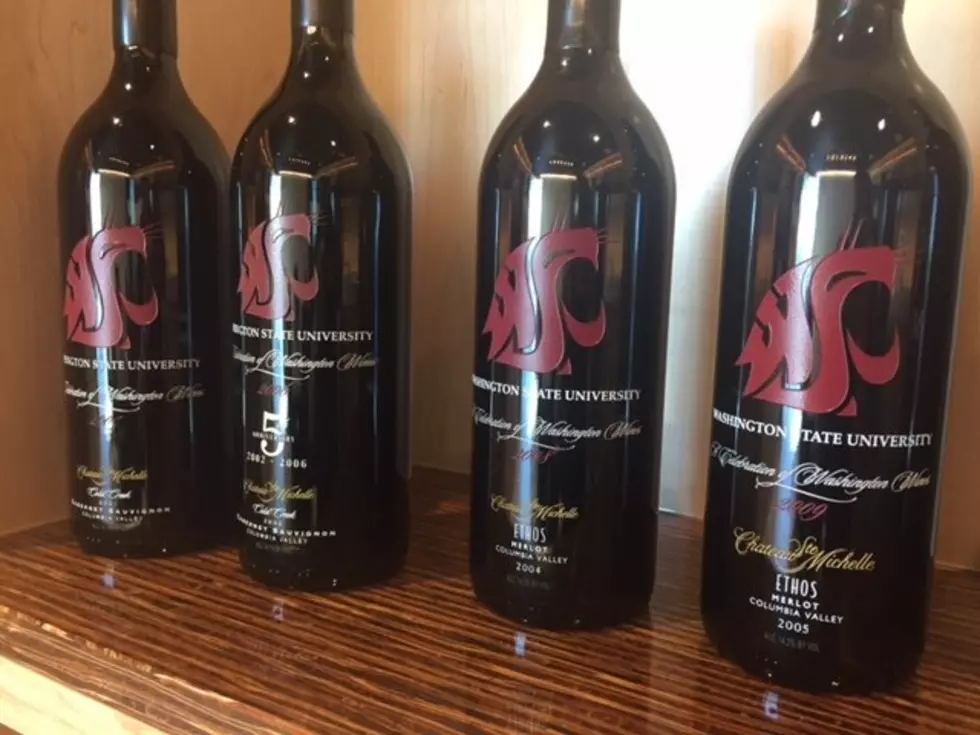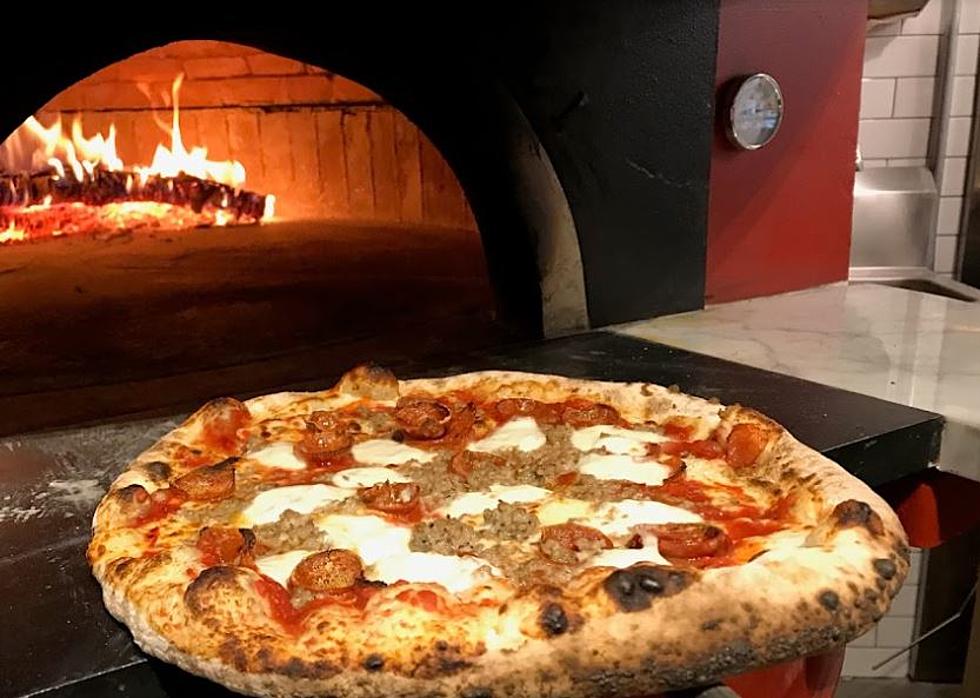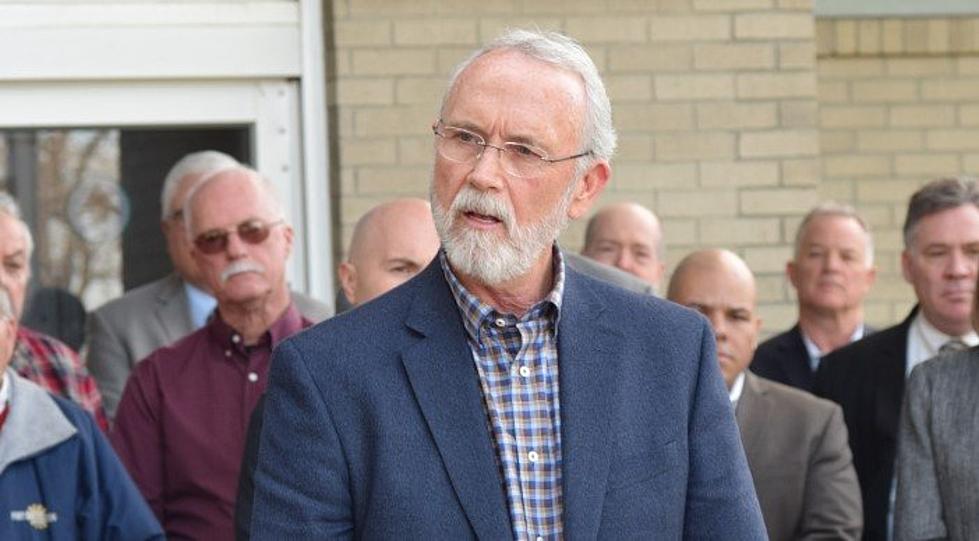
Goose Gap Named Washington’s Newest AVA
Washington now has 19 American Viticultural Areas. The Alcohol and Tobacco Tax and Trade Bureau made the announcement last week. The Goose Gap AVA is made up of 8,129 acres, wholly located within the Yakima Valley AVA and the larger Columbia Valley AVA. There are currently 1,800 acres of wine grapes split between two commercial vineyards. Sixteen varieties are planted, and the fruit is sold to more than 20 wineries.
“The AVA takes its name from a saddle of land known as ‘Goose Gap,’ which was named because it was a flyway for geese between rivers, providing hunters with an exceptional site for hunting,” explained Alan Busacca PhD, who wrote the AVA petition. “Goose Gap and the adjoining Goose Mountain, which is also within the AVA, create a rough triangle that traces the geography between Candy Mountain, Red Mountain and Badger Mountain.”
What are some of the defining characteristics of the Goose Gap AVA? According to Busacca, the orientation of Goose Mountain is east to west, whereas almost all nearby hills are northwest to southeast. For this reason, vineyards within the AVA are dominantly planted on north and northeast slopes, whereas virtually every other nearby vineyard is on a south or southwest slope. In general, the north and northeast slopes lead to less solar radiation and later ripening compared to vineyards on south or southwest slopes.
Busacca added the soils of the Goose Gap AVA are almost two thirds Warden series, which is a considerably higher percentage compared to surrounding areas. These soils are wind-blown loess over layered or stratified silts and fine sands from the ancient Missoula Floods, and have rooting depths of six feet or more with no root-restrictive layers, altogether making them prized for vineyards.
“Our family started farming in the Columbia Valley in the early 1900s and we always knew Goose Gap was a special site,” said Bill Monson, President of Goose Ridge Estate Vineyards & Winery, which is currently the only winery located within the AVA. “This area has a unique microclimate. We often watch rain clouds and fog maneuver around Goose Mountain avoiding the vineyards planted at the top.”
Goose Gap is Washington’s 19th AVA, and comes on the heels of The Burn of Columbia Valley and White Bluffs in mid-June, and Royal Slope and Candy Mountain last September.
“Each AVA is several years in the making, so this is an exciting time for those who make wine from grapes grown within Goose Gap,” said Steve Warner, President of the Washington State Wine Commission. “We’re ready to start spreading the word about this great region!”
To qualify as an AVA, a wine grape-growing region must be distinguishable by features such as climate, soil, elevation and physical features. Beginning on August 2, 2021, wineries may submit a Certificate of Label Approval (COLA) request to the TTB for a label using Goose Gap AVA as the appellation of origin.
“As the only large vineyard development in the lower Yakima Valley to be planted dominantly on north and northeast slopes, Goose Ridge capitalizes on the unique and diverse qualities of the Goose Gap AVA to craft compelling wines from the 16 varieties that are grown in the AVA,” Monson said. “Built on tradition and hard work, Goose Ridge remains committed to producing quality wines and we look forward to highlighting the Goose Gap appellation throughout our entire portfolio of wines and sharing with our customers and clients.”
If you have a story idea for the PNW Ag Network, call (509) 547-1618, or e-mail gvaagen@cherrycreekmedia.com
More From PNW Ag Network
